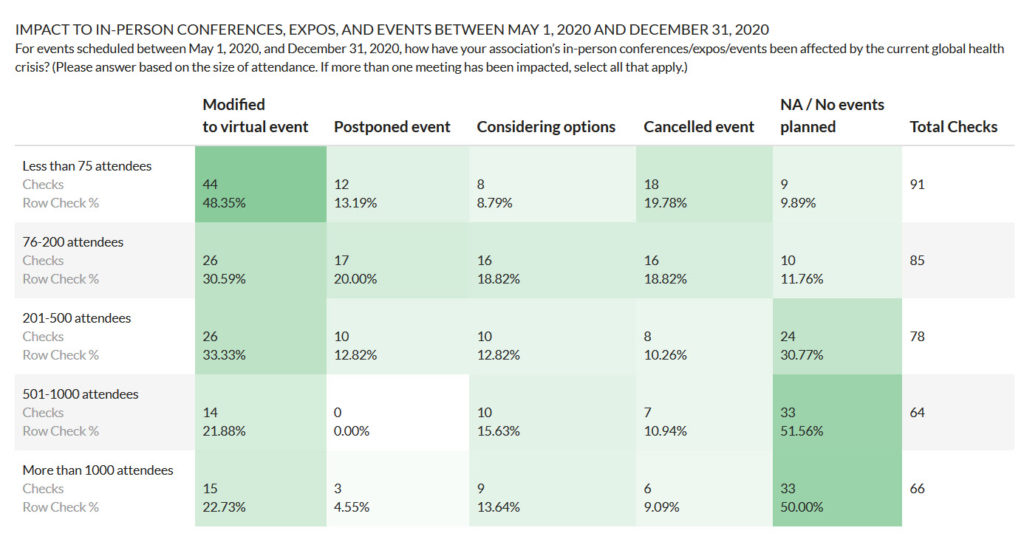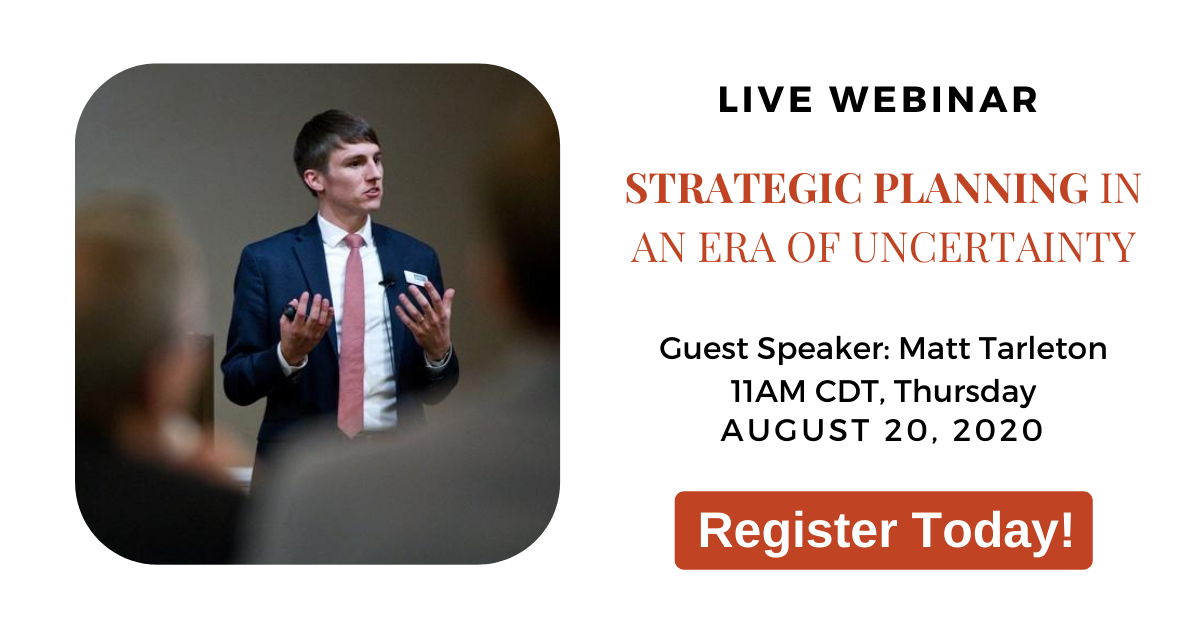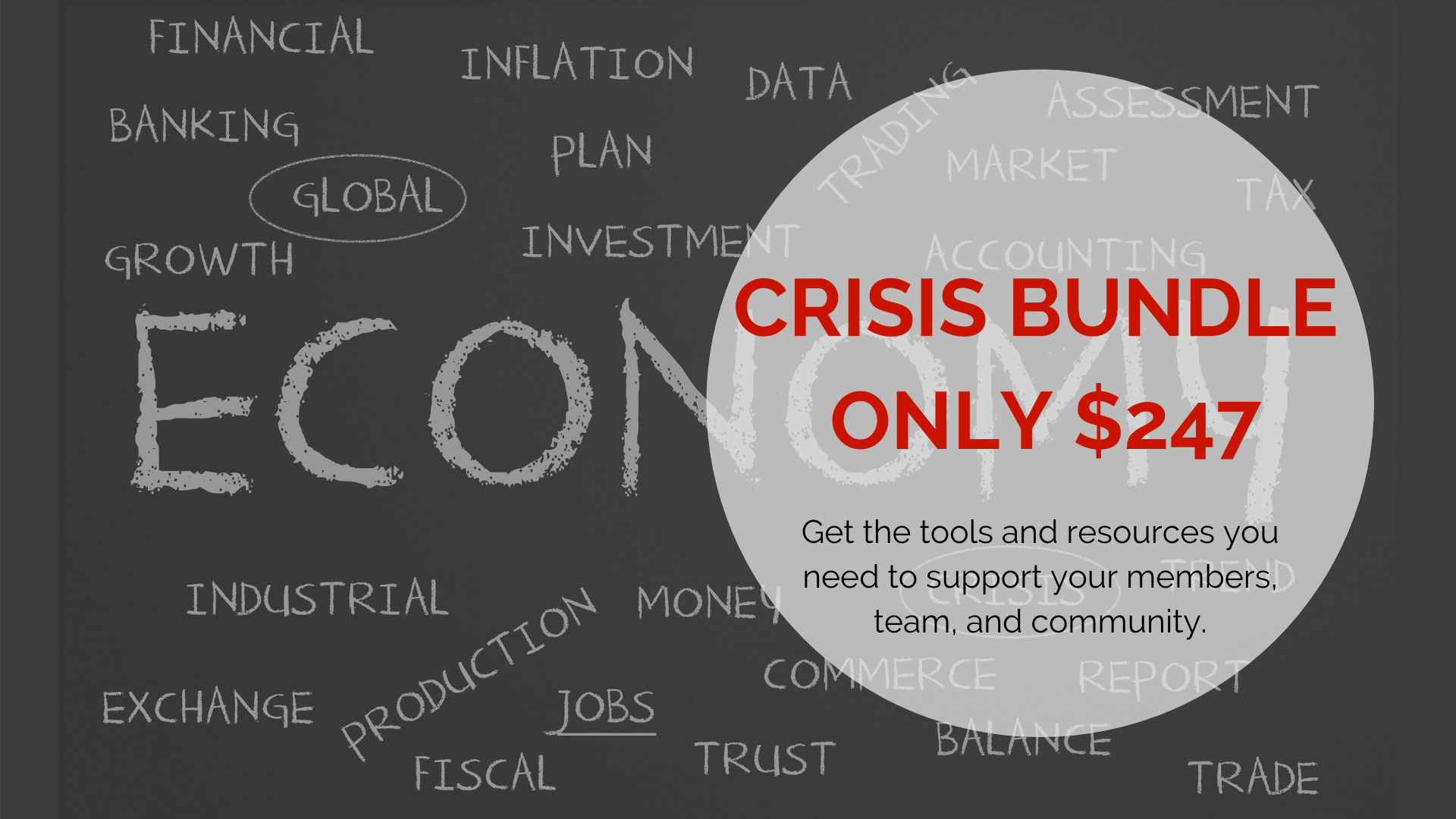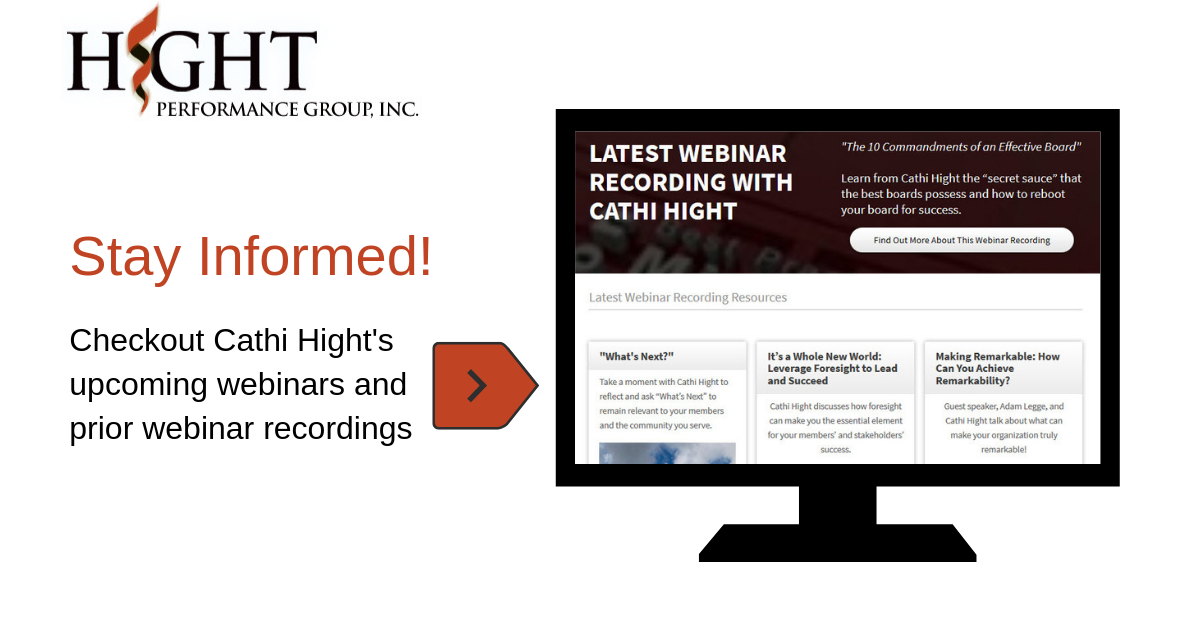“Up until the Coronavirus, the economy had been enjoying continued growth. When times are good, it masks the underlying changes of disruption until it sneaks up on you and then it overtakes you as though you never saw it coming. Uber with Taxi’s is a good example of this, as it happened during times of a strong economy. When a pandemic occurs like Coronavirus, this creates a new external force that it different from natural disruption and it accelerates change—because change is now immediately necessary.”
~ Dan Stevens, President & CEO, Association TV and WorkerBee.TV, Inc. and author of Moving Your Association from Analog to Digital, a CEOs guide to rapid change

“This change was coming anyway,” says Dan Stevens. Many associations have been dependent on face-to-face events and meetings. Suddenly, there was only digital and mobile ways of educating, communicating, marketing and serving members and sponsors. Many associations were unprepared for this disruption and needed to pivot.
This accelerated a change that was already around us. There will not be a return to “normal” and the dependence on face-to-face will need to shift to a hybrid model. It’s more than just relying on Zoom meetings and webinars. The challenge will be to create high levels of engagement that have meaningful experiences for networking, learning, engaging with speakers, sponsors and peers.
The Impact of COVID-19 On Events
The Association Impact Snapshot produced by the ASAE Research Foundation tracks the impact of COVID-19 on association events from May 1 – December 2020. Although this chart reflects responses from association executives in June, similar outcomes have been reported previously.
The report The Strategic and Economic Impact of COVID-19 on Associations reflects findings of a survey conducted by Association Laboratory of over 1,000 association executives that 56% of them had canceled or postponed a substantial trade show, conference or face-to-face meeting, 56% had postponed a similar type of meeting, and 35% had moved to virtual venues. About 65% of canceled events lacked the insurance coverage necessary to cover incurred costs and 30% did not have event cancellation insurance. Needless to say, canceling events will affect the bottom line of associations due to event penalties and registration refunds. The over-reliance of event revenue has crippled many associations and the fallacy that events are the best revenue generator may have proven to be a demise and a handicap for the industry.
“Never let a good crisis go to waste.”
An old saying that can be leveraged to challenge your business model and help you to Rethink, Reimagine, and Redesign the organization.
As Don Neal points out in the blog 5 Ways to Use the CoVOD-19 Crisis to Rethink the Association Model, this crisis should be seen as good news. “Why is it good news? Because it will lead to a renaissance of mission-driven, membership-based organizations. And chances are, your organization has many, if not all, of the assets needed for you reinvention — a good brand, loyal members, and a team that can be mobilized to move in a new direction.” Associations have lacked innovation and not embarked on digital transformation because there was no catalyst or sufficient pain to change.
Here are five things to do as you consider how to move forward:
- Evaluate your business model — the rationale and structure of how your organization creates and delivers value. Use a template similar to The Business Model Canvas to rethink, reimagine and redesign how you create value and how you deliver value to customers.
- Align with your customers — understand the motivations to engage with your organization and explore new ways to deliver on your value propositions. Sponsors still want to get in front of your membership and engage in meaningful conversations. Explore ways that go beyond the limits of a one-time event.
- Make the tough decision to cut programs — strategic plans are meant to be updated, not discarded during a crisis. Assess programming and be prepared to drop ones that are not cost-effective, worthwhile, or that don’t deliver on your value propositions.
- Create holistic experiences for customers — that includes pre-event activities to collect perspectives, share information and build interest, and post-event activities to share content and support collaboration and/or action.
- Make strategic investments — use the reserves, loans or capital raised through investors to invest in new CRM technology and digital transformation, event reinvention, and new products and service development to accelerate your future. Rather than wait for other disruptions, become the disruptor.
Change feels uncomfortable when it happens to you. When you initiate change, it creates an inspired future, builds confidence and new skills, and attracts investors and supporters who believe what you believe. This is a great time to lead and create the “next normal” — a better place for all of us!
Cathi Hight helps organizations manage constant change, develop customer-centricity and “work smarter, not harder”. She is an organizational development consultant and President of Hight Performance Group as well as the developer of The Member Retention Kit, A New Approach to Tiered Membership, and the Work Smarter, Not Harder program. Learn more at hightperformance.com.




